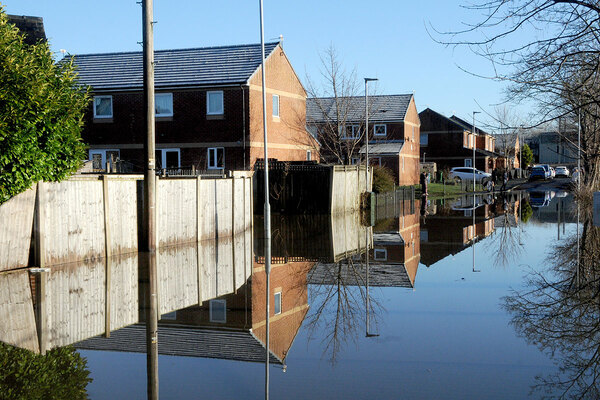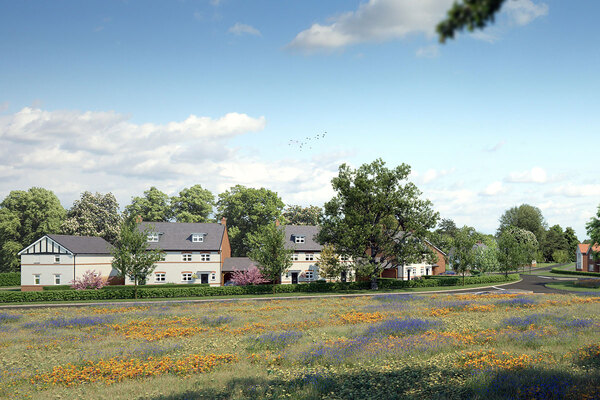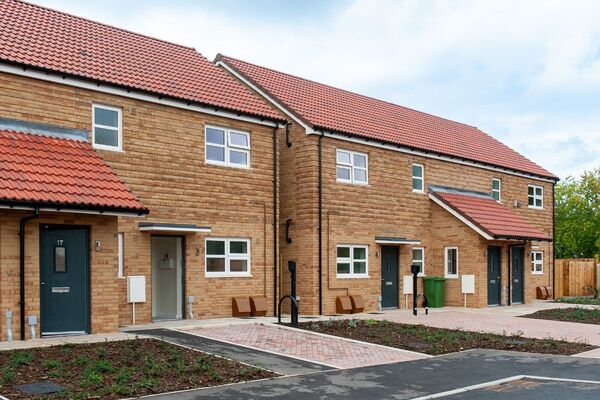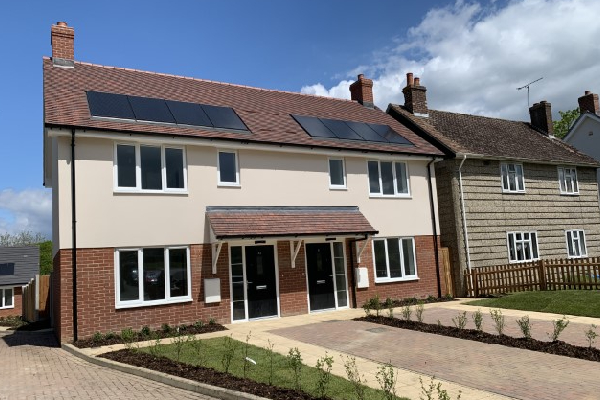Q&A: Melanie Mills
What does social value really mean, and how should social landlords expect it to be quantified by contractors? Dawn Foster talks to Melanie Mills, social sector engagement director at Big Society Capital
When social landlords procure services, they now must consider ‘social impact’as well as price, because they are covered by the Social Value Act of 2012. Is your session going to pin down exactly what ‘social value’ means?’
Big Society Capital is an independent financial institution working to encourage social investment, so our session is around social value and the impact that both housing associations, and providers of services for housing associations can provide.
We have got three speakers from different housing associations. We’re going to ask, what does ‘social value’ mean to somebody who provides services to housing organisations? Like in situations where the person commissioning social value knows what they want, but then the contract provider has to try and match up its submission for the contract and ensure that it provides that social value, while also thinking about the impact that it wants to create.
What’s your advice on measuring social value?
My tips are: decide who you’re measuring it for. So what’s the audience? Are you measuring it just for yourself? Are you measuring for a commissioner? Or are you measuring it for your customers?
So decide who you’re measuring it for, and decide the most appropriate form to reflect that message in. So for some people, that’s very complex social accounts and that’s what they want to do. Or, you could adopt something that’s far more kitsch and strategically highlighting.
There’s a really good example from one organisation: their annual report tells you how many sandwiches they’ve made, how many people they’ve engaged with, and how many people’s mental health has improved as a result. And that’s all it says on the page.
Can social landlords learn from others working to communicate social value to their tenants, making it easier for all stakeholders, rather than just investors, to understand social impact?
I think so. There are some great tools on the market, hundreds. I think it’s about choosing the methodology and the method of reflection that’s most suitable for your audience.
Are there any tools in particular worth investigating?
There are many social landlords that are using the tool produced by HACT - and that’s starting to be recommended as a very strong tool within the market. But I think it’s much more important to think about who your audience is, and most importantly that you measure what you value, and not the other way round. And because it’s a complex area I often find people will say, “Well, we don’t know where to start”. So my tip is start somewhere. Start with the things that mean something to you.
What do you think has changed since the Social Value Act came into practice?
For those organisations where social impact was always at the heart of what they did, I don’t think they needed the Social Value Act to make them do something. What it’s given them instead is license, and endorsed their approach. So good examples would be one of our speakers, Aspire Group who actually call themselves a social regeneration business.
They don’t call themselves a housing organisation, or think that building houses is simply enough. So I think for organisations like that it’s given them licence to do even more. And for those that know they want to do something and have come to the decision that they have the assets, both in terms of financial assets, but also in terms of people-based assets, they have an opportunity to play a huge role.







